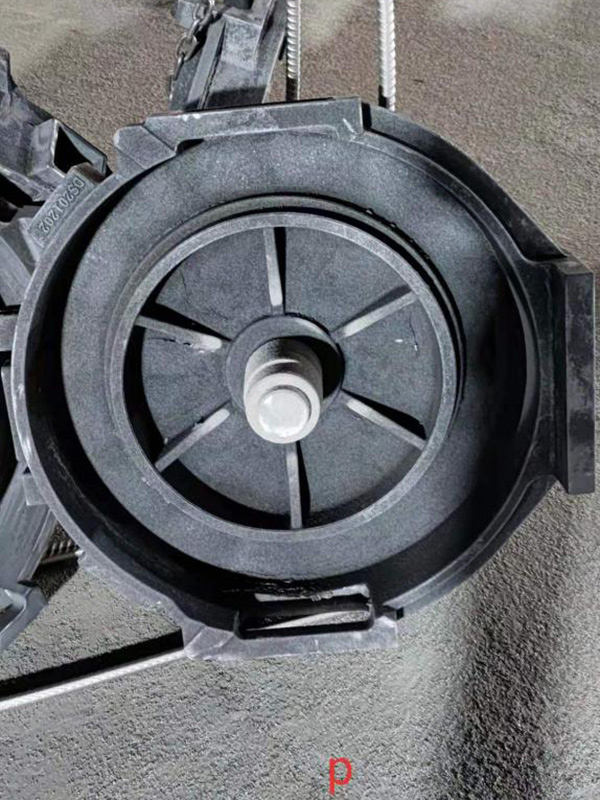Why is Sand Casting Used?
Sand casting, one of the oldest and most widely used metal casting processes, has stood the test of time due to its numerous benefits and versatility. This method involves creating a mold from sand to form metal parts. Its continued popularity in various industries can be attributed to several compelling reasons.
Firstly, sand casting offers significant cost advantages. The materials required for sand casting, such as sand, clay, and water, are relatively inexpensive and readily available. This makes it accessible for both small scale and large scale manufacturing. Unlike other casting processes that may require expensive molds and materials, sand casting can easily fit the budget constraints of different projects without sacrificing quality.
Why is Sand Casting Used?
Another critical advantage of sand casting is the ease of producing both small and large production runs. Whether a single prototype or thousands of parts are needed, sand casting can be efficiently implemented. The molds can be reused multiple times, allowing manufacturers to maximize efficiency while minimizing waste and expense. This attribute is particularly beneficial in industries where companies may need to produce custom parts or rapid prototyping.
why is sand casting used

The sand casting process is also known for its ability to create detailed and intricate designs. The sand mold can easily capture fine details of the pattern, allowing for high precision in the final product. This capability is essential in applications that require complex shapes and patterns, which would otherwise be challenging to achieve with alternative methods. Additionally, the sand mold can tolerate high temperatures, enabling the casting of metals with high melting points.
Moreover, sand casting is a relatively simple process that does not require sophisticated machinery, making it a preferred choice for many manufacturers. The process can be performed with minimal training, allowing companies to bring new employees up to speed quickly. This ease of operation can lead to increased productivity and reduced lead times in manufacturing.
Finally, environmental considerations also reflect the advantages of sand casting. The sand used in the process is reusable, and advancements in technology are allowing for better ways to reclaim and recycle sand, further reducing waste. Many companies are working towards sustainable practices, and sand casting aligns well with these initiatives.
In conclusion, sand casting remains a popular choice in manufacturing due to its cost-effectiveness, versatility, ability to produce complex designs, simplicity of the process, and environmental benefits. As industries continue to evolve and demand for custom metal components increases, sand casting is likely to maintain its significance in the metalworking world. Its unique combination of characteristics ensures that it will remain a vital casting method for years to come, accommodating the diverse needs of various sectors and promoting innovative manufacturing solutions.
Post time:Ноя . 28, 2024 08:05
Next:Exploring the Benefits and Applications of Sand Casting in Manufacturing Processes
